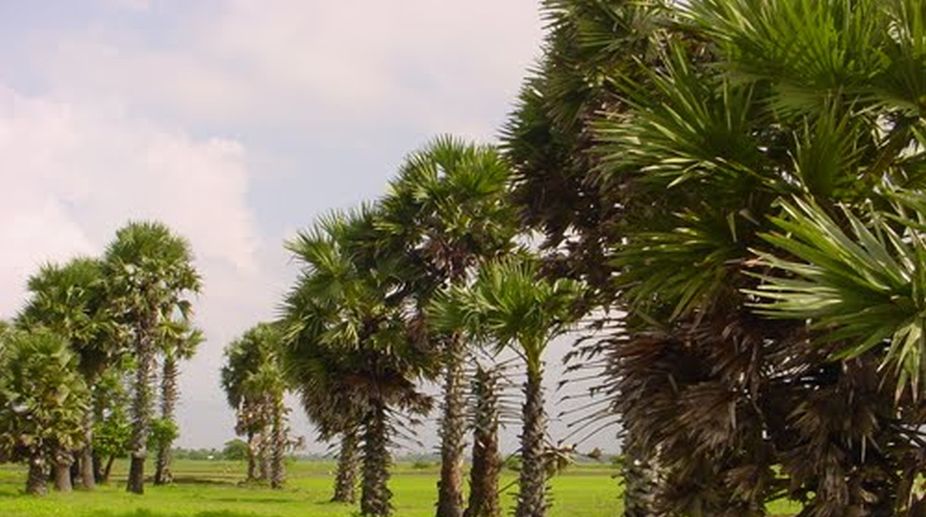Kamal Haasan pays tribute to Jnanpith awardee MT Vasudevan Nair
South Indian superstar Kamal Haasan has paid tribute to Jnanpith awardee and doyen of Malayalam literature M. T. Vasudevan Nair.

(Representative Image)
In the latest edition of a book on Indian trees, which I skipped through yesterday, I saw the statement that the palmyra was probably not indigenous to India, this was only repetition of an opinion expressed long ago by a distinguished botanist-I am not sure of this name now, but have a vague recollection that it was either Hooker or Roxburgh.
According to this authority the palmyra came into India from Africa, in which country also it is common. As I said, whoever it was that pronounced this opinion was a distinguished and systematic botanist.
Advertisement
I have the highest regard for the meticulous scientific methods and painstaking care of the botanists who contributed so much to our knowledge of India’s great flora, but have an even higher regard for the truth, and the truth, and the truth is that the palmyra is very much an Indian tree.
Advertisement
In the oldest Tamil literature (probably at least 18 centuries old) we find many circumstantial references to this palm; it was highly valued as a most beneficial and versatile palm, and people in those days knew perfectly well that male and female palmyras were distinct from each other. One of the miracles attributed to an Eighth Century Saivite saint was the conversion of a number of male palmyras into females.
Authorities on the history of South India agree that some 2,000 years ago there was maritime trade between the far South and many distant countries, including Arabia and possibly Africa.
It could well be that the palmyra went to Africa from here, but however that might be, to question its being an authentic native of India seems ridiculous to me. Of course, the palmyra is not confined only to the far South (where it is plentiful, and in the drier and more sandy areas the dominant tree) but is distributed along the coast from Madras right up to Calcutta, and is also found in other parts of India.
For centuries before prohibition, this palm was highly valued for the excellent toddy which it yielded and even in the old days jaggery made from the freshly-tapped juice of the palmyra was a very tasty and nourshing countryside snack.
As a boy and as a young man I have often been content with a meal consisting of a hemisphere of palmyra jaggery shaped in a coconut shell mould, spiced with dry ginger and roasted green gram; experto crede, the palmyra jaggery now being produced on the scale of a subsidized cottage industry is neither as pure nor as tasty as that made in the countryside of Ramnad and Thirunelveli 30 years ago.
Palmyra leaf is now mainly used for thatching, coarse mats, and as packing material, but we must not forget that the carefully processed and bleached young leaf of the palmyra was for centuries the material on which Tamil literature was in scribed with a stylus before the advent of paper.
There is hardly any part of this most versatile palm that is not of real use. The trunk, with the pith hollowed out, is used as pipe line to convey water, and being very hard in its peripheral wood makes excellent rafters and beams.
The ripe fruit is eaten, roasted, and the tap-roots are boiled. There are many other uses to which palmyra is put but I would like to mention only the young fruit. People all over India are familiar with the cooling nourishment of coconut milk as drink but I have been surprised in many parts of India where the palmyra grows by their ignorance of the cool, jellylike delight of the young palmyra fruit ~ the **nongu** familiar to everyone in South India.
Our coastal plains have no more refreshing and delicious compensation to offer for the parching heat of summer.
Advertisement